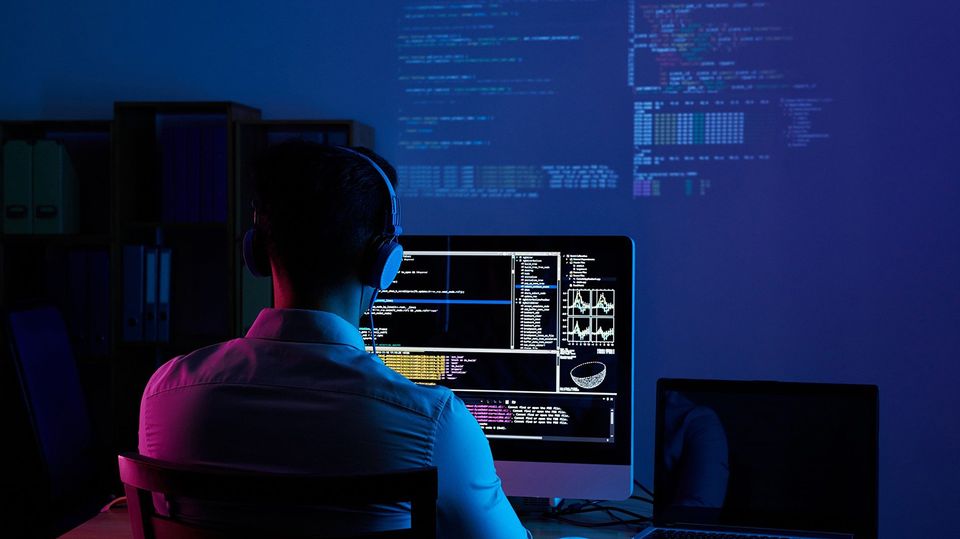When you visit a premium butcher, you can expect a tantalizing array of high-quality cuts like ribeye, filet mignon, and strip steak, all renowned for their exceptional flavor and tenderness. You’ll also discover unique artisan sausages infused with gourmet spices, perfect for pairing with cheeses. Custom cuts are tailored to your cooking needs, ensuring the best culinary results. If you’re adventurous, there are exotic game meats, along with aged options that heighten flavor and juiciness. Each selection reflects quality and craftsmanship, and there’s so much more to explore that can elevate your next meal.
Understanding Premium Cuts
When you think of premium cuts, you’re considering the finest selections of meat that offer exceptional flavor and tenderness. To find the best butcher Gold Coast can offer, you’ll want to seek out those who source premium beef from heritage breeds. These breeds, like Angus or Wagyu, are raised with care, resulting in marbling that enhances taste and juiciness.
When you choose cuts like ribeye, filet mignon, or strip steak, you’re not just selecting meat; you’re investing in quality. These cuts typically come from specific parts of the animal, ensuring a rich and satisfying flavor profile.
Understanding the difference between standard and premium cuts helps you appreciate the nuances in texture and taste, making your meals more enjoyable.
Specialty Sausages and Charcuterie
When it comes to specialty sausages, you’ll find a world of artisan varieties that elevate any meal.
Pair these with the right charcuterie board essentials, and you’ve got a feast that impresses.
Let’s explore the unique flavors and combinations that make these selections truly special.
Artisan Sausage Varieties
Artisan sausage varieties showcase unique blends of spices and quality meats, making them a must-try for any charcuterie enthusiast.
You’ll find smoked sausages that bring a rich, savory depth to your palate, perfect for pairing with cheeses and wines.
These gourmet flavors often combine unexpected ingredients, like herbs, fruits, or even nuts, elevating the traditional sausage experience.
Each bite tells a story of craftsmanship and local ingredients, reflecting the butcher’s dedication to quality.
Whether you’re enjoying a classic bratwurst or a spicy chorizo, these specialty sausages offer something for everyone.
Don’t miss the chance to explore various textures and tastes that define artisan sausage-making; it’s a delightful culinary adventure waiting for you.

Charcuterie Board Essentials
Crafting the perfect charcuterie board means selecting the right specialty sausages that complement a variety of flavors and textures. To elevate your board, consider these essentials:
- Cured Meats: Prosciutto, salami, and chorizo bring rich flavors.
- Cheese Pairings: Match creamy brie with spicy sausage or sharp cheddar with sweet soppressata.
- Seasonal Fruits: Fresh figs, apples, or berries add a touch of sweetness.
- Pickles and Olives: Their acidity balances the richness of the meats.
- Artisan Bread: A variety of crackers and sliced baguettes provide the perfect vehicle for all the deliciousness.
Custom Cuts Tailored to You
You can enjoy a personalized meat selection that perfectly matches your culinary needs and preferences. Premium butchers specialize in custom cuts tailored specifically for you.
With their expertise, you can request customized trimming to achieve the exact thickness or style you desire. Whether you’re preparing a roast, grilling steaks, or crafting a special dish, they’re equipped to offer personalized recommendations based on your cooking methods and flavor profiles.
You’ll find that their insights can elevate your meals, ensuring you use the right cuts for the best results. This individualized approach not only enhances your cooking experience but also allows you to explore new recipes with confidence.
Trust a premium butcher to provide the perfect meat tailored just for you.
Aged Meats and Their Benefits
Aged meats offer a depth of flavor and tenderness that can elevate any dish, making them a sought-after choice for discerning cooks. The dry aging process enhances the meat’s natural flavors, resulting in a more complex taste profile.
Here are some key dry aging benefits you can expect:
- Increased tenderness: Aging breaks down muscle fibers, creating a melt-in-your-mouth experience.
- Flavor enhancement: The process intensifies the meat’s natural flavors, providing a richer taste.
- Improved juiciness: Aged meats retain moisture better during cooking.
- Unique aroma: The aging process develops a distinct, savory scent.
- Enhanced cooking versatility: Aged meats work well in a variety of dishes, from steaks to stews.
Choosing aged meats elevates your culinary creations to the next level.
Unique Game and Exotic Options
When you explore unique game and exotic options, you’ll encounter rare varieties that can elevate your dining experience.
From wild boar to bison, these meats offer distinct flavors and textures that are hard to find elsewhere.
Plus, specialty preparation techniques can transform these cuts into truly memorable dishes.
Rare Game Varieties
Rare game varieties offer a unique culinary adventure, introducing flavors and textures that elevate any dining experience. When you visit a premium butcher, you might discover some extraordinary options, including various venison varieties and wild boar. These meats not only taste amazing but also provide a chance to try something different.
Consider these rare game options:
- Sika deer venison
- Axis deer venison
- Wild boar shoulder
- Elk steaks
- Rabbit
Each of these meats has its own distinct flavor profile, making them perfect for experimenting in the kitchen.
Whether you’re hosting a dinner party or just treating yourself, incorporating rare game into your meals can transform your culinary repertoire and impress your guests.
Exotic Meat Cuts
Exploring exotic meat cuts can open up a world of extraordinary flavors and culinary possibilities that elevate your dining experience.
Premium butchers often offer bizarre meats like kangaroo, alligator, or wild boar, each bringing unique tastes and textures to your table.
These cuts not only tantalize your palate but also carry cultural significance, reflecting the traditions and histories of various cuisines. For instance, in some cultures, consuming game is a rite of passage, while others view it as a sustainable choice.
By incorporating these exotic options into your meals, you can broaden your culinary horizons and impress guests with your adventurous spirit.
Specialty Preparation Techniques
Incorporating unique game and exotic options into your meals requires specific preparation techniques to enhance their distinct flavors and textures.
To make the most of these meats, consider employing the following methods:
- Dry aging techniques: This process intensifies flavor and tenderness, perfect for robust cuts.
- Marinating methods: Using acidic ingredients helps tenderize and infuse flavor, ideal for lean meats.
- Brining: This guarantees moisture retention, particularly for meats that can dry out easily.
- Smoking: Adds a unique depth of flavor, especially suited to game meats.
- Sous vide: This precise cooking method allows for even cooking and enhanced flavor profiles.
Importance of Sustainable Sourcing
Sustainable sourcing guarantees that you enjoy premium butcher cuts while supporting environmentally-friendly practices and ethical animal husbandry.
When you choose a butcher committed to sustainable practices, you’re not just getting high-quality meat; you’re also investing in the welfare of the environment and livestock.
Ethical sourcing assures that animals are raised humanely, often on farms that prioritize their health and well-being. This approach helps reduce the carbon footprint associated with meat production and promotes biodiversity.
By selecting sustainably sourced cuts, you contribute to a food system that values responsibility and transparency.
Ultimately, your choices at the butcher shop can drive positive change, assuring future generations also have access to quality meats produced with care for the planet.





